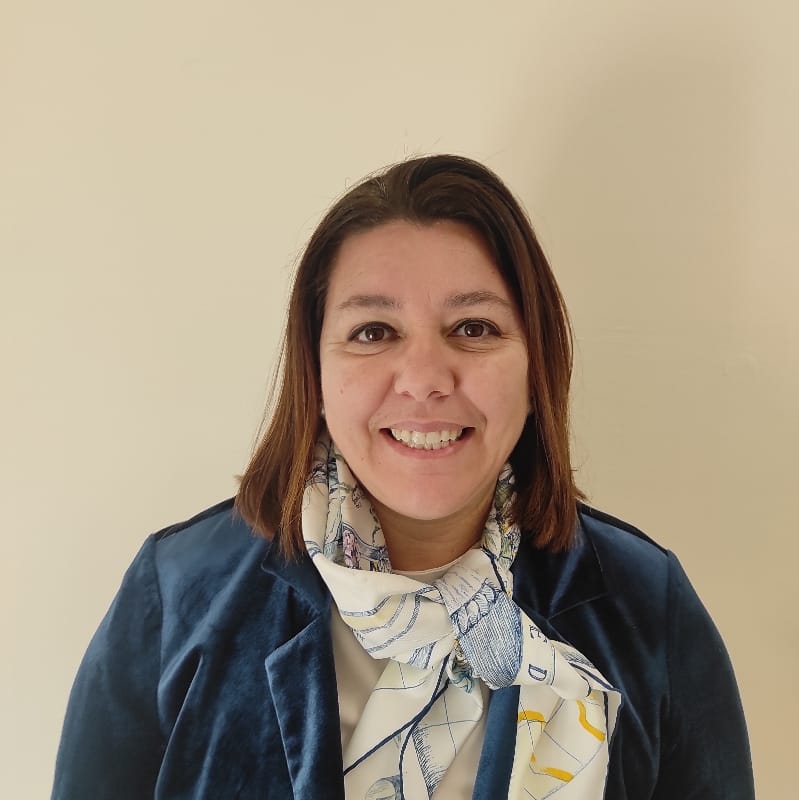
COORDINATOR
Prof. Dr. Anna LICATA, MD

COORDINATOR
Dr. Marina VILLANUEVA PAZ

COORDINATOR
Prof. Dr. Jane Grove

YOUNG INVESTIGATORS AFTERWORKS SERIES‘ COORDINATOR
Prof. Ann DALY
Monthly International Seminar Series on Liver Toxicity and Steatotic Liver Disease and different EASL studio topics for DHILI will be organised at a later stage.

As a proposal within our educational activities, we will be launching from January a series of talks on Liver Toxicity and Steatotic Liver Disease, ONCE monthly, given by international experts in the field. The session outline would be a talk of around 45 min with 15 min left for discussion. Conferences will be held on the 3rd Wednesday of each month at 16.30h (CET) starting from January 17th 2024.
These international seminar series are the result of an outstanding collaboration between the EASL DHILI Consortium (https://easldhiliconsortium.eu/) and the Halt-RONIN (UKRI-Horizon Europe) https://halt-ronin.com/
The objectives are:
- to improve collaboration between different group experts encompassing clinical investigators, researchers, basic scientists, industry partners and regulators.
- To foster scientific progress by disseminating the latest breakthroughs in research on hepatotoxicity and metabolic dysfunction-associated steatotic liver disease

She received her PhD in Biochemistry from the Hebrew University. She then joined the laboratory of Prof. Karen Vousden at the Cancer Research UK Beatson Institute in Glasgow, United Kingdom, as a postdoctoral researcher, where she investigated cancer metabolism. Upon returning to Israel as a research scientist at the Faculty of Medicine of the Technion, she shifted her research focus to the metabolic aspects of MASLD. Recently, she established her own laboratory at Ariel University, dedicated to studying how alterations in liver metabolism contribute to the development and progression of MASLD, as well as how these changes affect drug metabolism in the liver.